Huge Increases In The Sargassum Levels As Temperatures Rise
The popular beach island of Isla Mujeres has seen more sargassum seaweed in the first twenty days of April than in the entirety of January, February, and March. Massive efforts are underway to move the seaweed every morning.
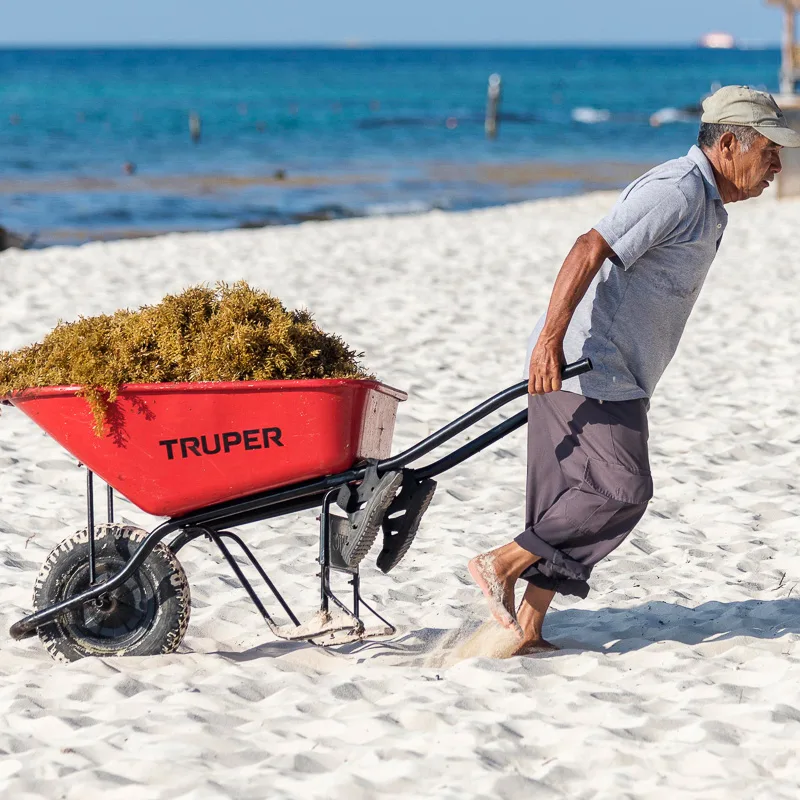
According to local workers, over 230 tonnes of the sargassum have been collected from the beaches of the island this month, a massive amount for such a small portion of the Mexican Caribbean. Estimates currently suggest that by May, that figure will have risen to around 500 tonnes.
The figures were provided by Antonio Delgado González, who is the director of the Federal Maritime Terrestrial Zone (Zofemat). Zofemat deals with a lot of the planning in regards to clearing the sargassum and coordination with the Navy who are currently installing seaweed barriers and trying to collect before it hits the shore.
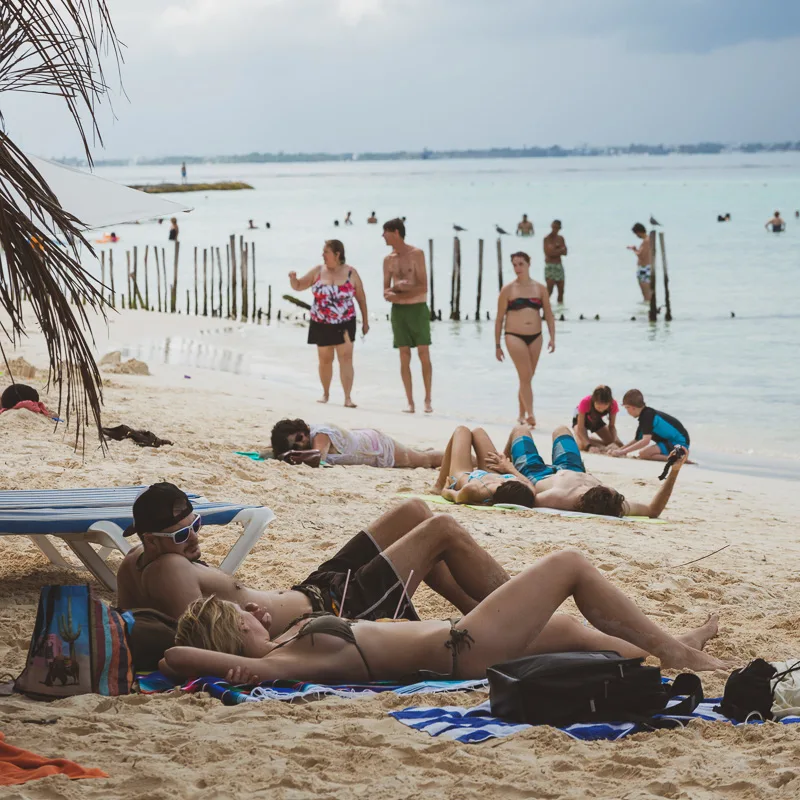
Isla Mujeres is having to bring on as many city workers are possible to deal with the vast amounts of seaweed washing up on its shores. Zofemat has taken workers on themselves, alternating cleanup days with the local government. On top of the efforts of these groups, volunteers from the local community and new hires from the private sector are also chipping in with their specific areas of the beach.
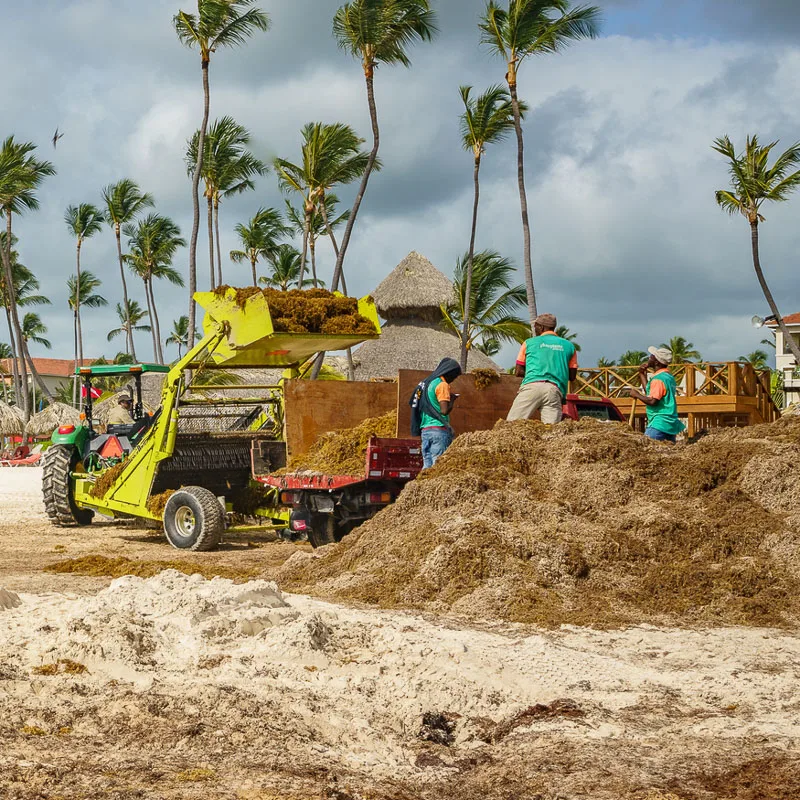
Ensuring the area is useable for tourists isn’t easy work. According to Gonzalez, “the work starts at five in the morning on each beach, and from eight o’clock we are sending progress reports, which we mark with flags, depending on the quantity of the plant that is registered, that is, with red, yellow, green and blue flags”
He is also hoping that May will offer some possible respite for Isla Mujeres. Its location means that the arrival of the hurricane season can spread the sarcasm in other directions and make the job significantly easier.
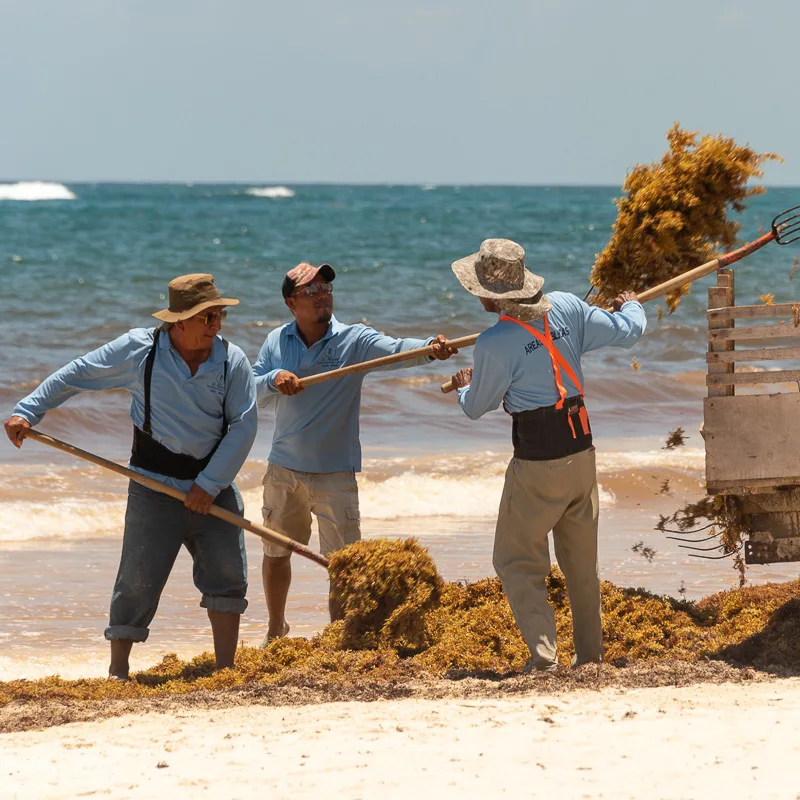
Of course, Isla Mujeres isn’t the only area struggling with the seaweed. Up and down the Mexican Caribbean coast, towns are fighting the problems caused by sargassum. The Navy is being hit by setback after setback in its attempts to place the barriers in strategic locations.
Destinations like Playa del Carmen have been waiting on their barrier for almost a month at this point and are still required to wait at least one more week.
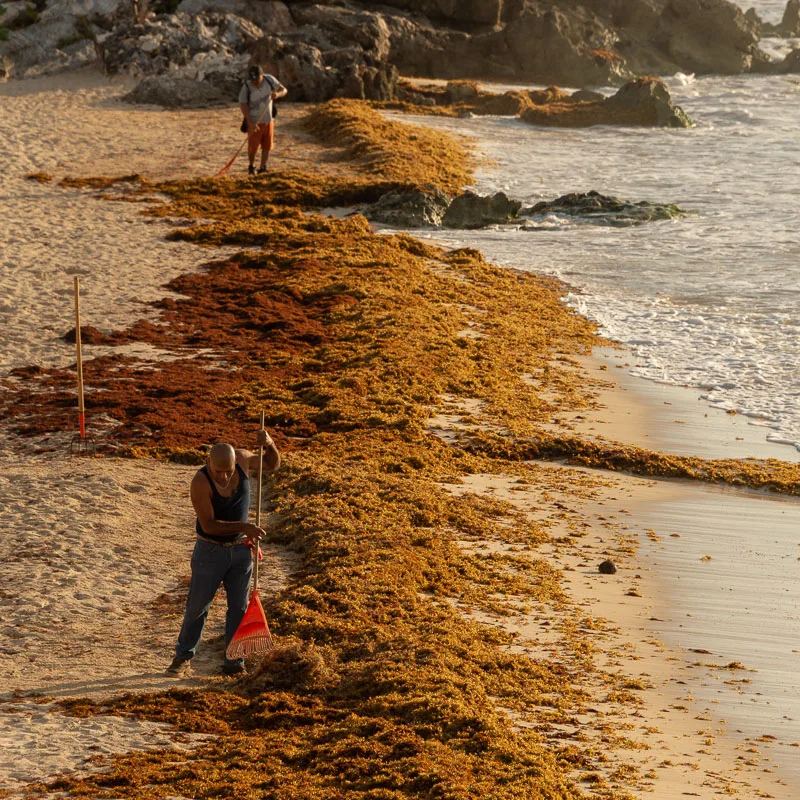
Sargassum is a much bigger problem than many unaware of it would assume. It forms in the middle of the Atlantic Ocean, growing into a tangled mass that floats towards the Caribbean. Some of the knots of seaweed can be as long as five kilometers. It provides vital nutrients to the ocean while it floats around and offers an entire ecosystem for smaller sea creatures.
But as it moves inland, it begins to affect the tourism industry. The typically pristine beaches of the Caribbean find themselves covered in piles of unsightly brown seaweed sometimes as much as a meter high. Once it makes landfall, it begins to rot and produce an unpleasant sulfur-like smell that turns tourists in the opposite direction. Even before it hits the sand, the crystal blue waters associated with Quintana Roo are turned a murky brown color.
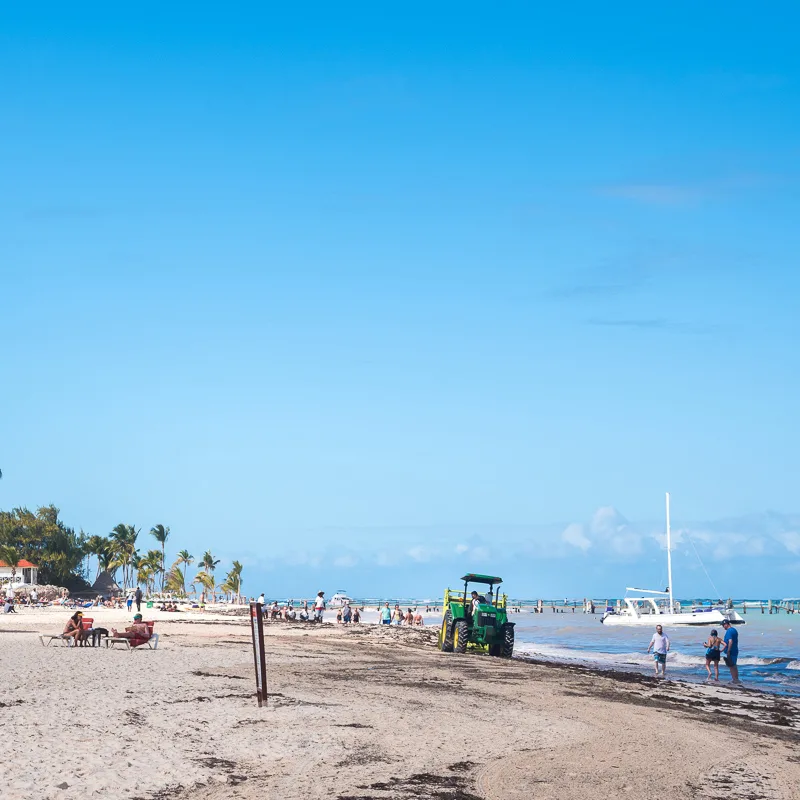
Every year the local government invests thousands into the fight against sargassum. As global sea temperatures continue to rise, the problem is only likely to get worse. It may start appearing earlier and staying longer, creating even larger mobilization efforts. Some beaches have been closed in the last few weeks due to the high volume of sargassum, although the most popular beaches across the state have been kept in check for the most part.
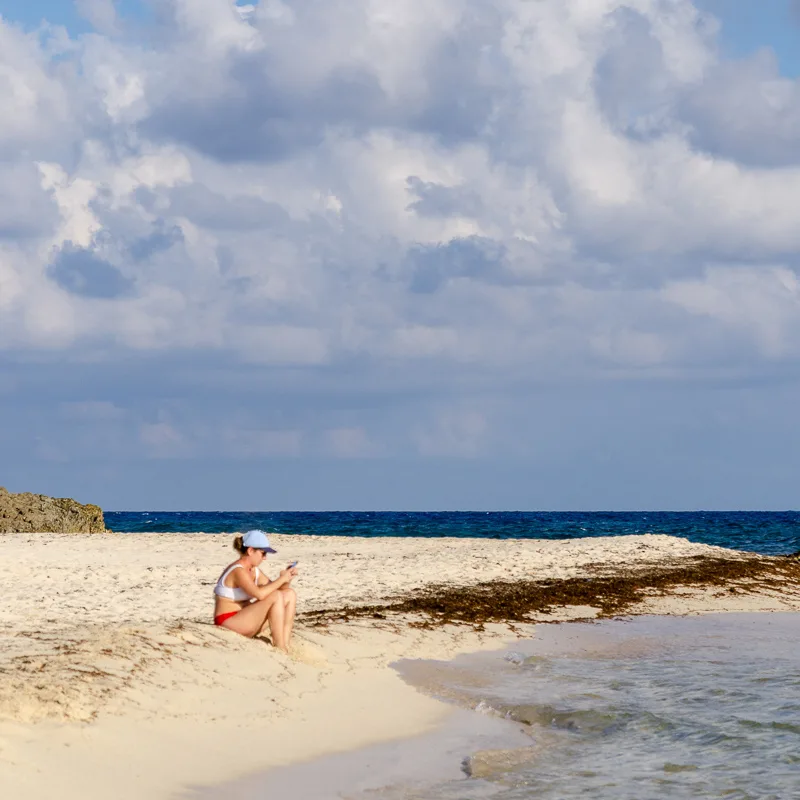
Most hotels are now giving regular updates on the sargassum levels, and those intending to visit the area should check-in before arrival to plan around any potential issues.
Plan Your Next Cancun Vacation:
Traveler Alert: Don’t Forget Travel Insurance For Your Next Trip!
Choose From Thousands of Cancun and Riviera Maya Hotels, Resorts and Hostels with Free Cancellation On Most Properties
↓ Join the community ↓
The Cancun Sun Community FB group has all the latest travel news, conversations and tourism Q&A’s for the Mexican Caribbean

Subscribe to our Latest Posts
Enter your email address to subscribe to The Cancun Sun’s latest breaking news affecting travelers, straight to your inbox.
